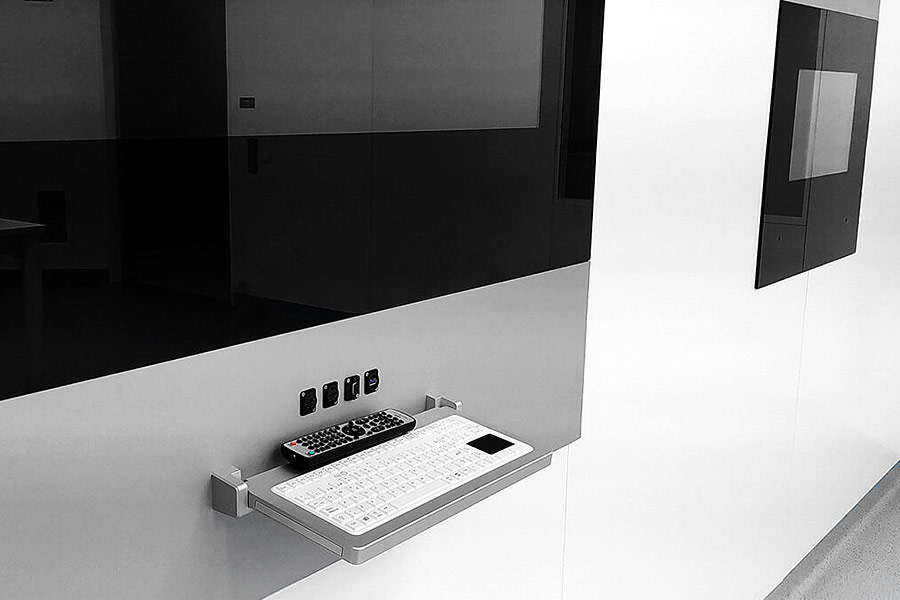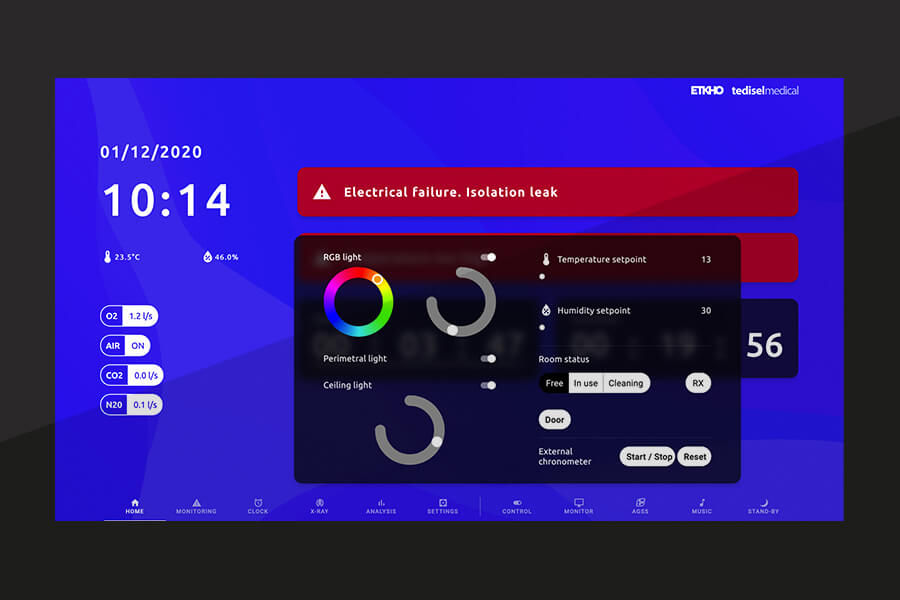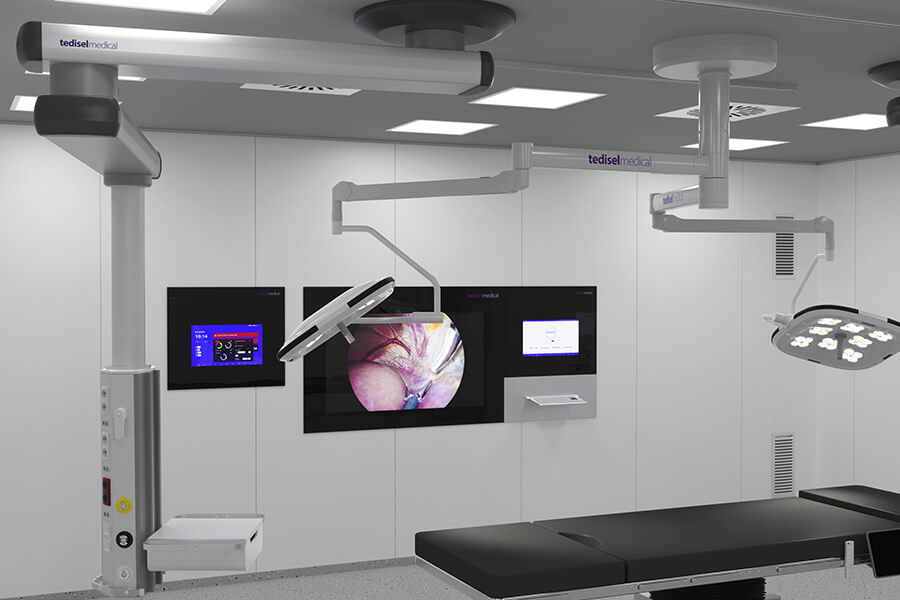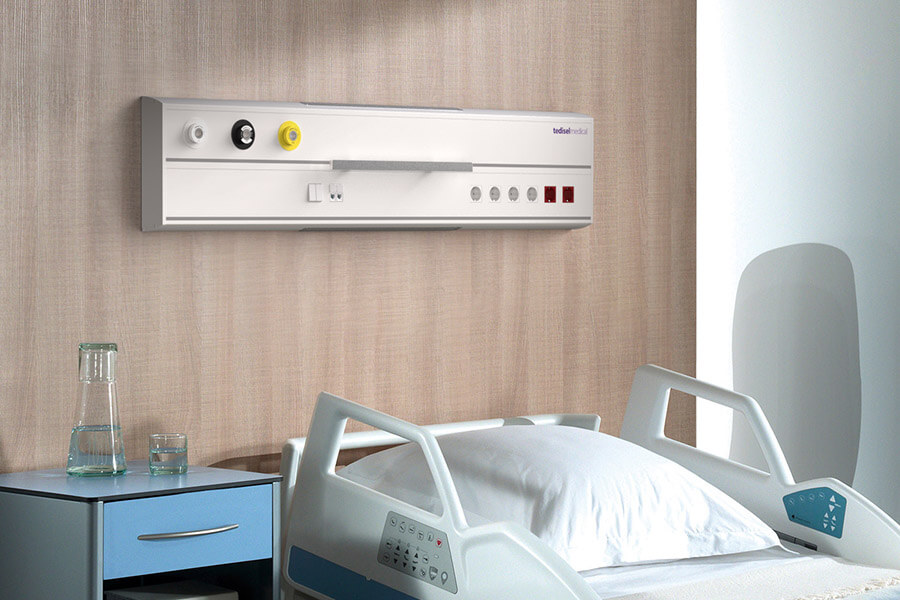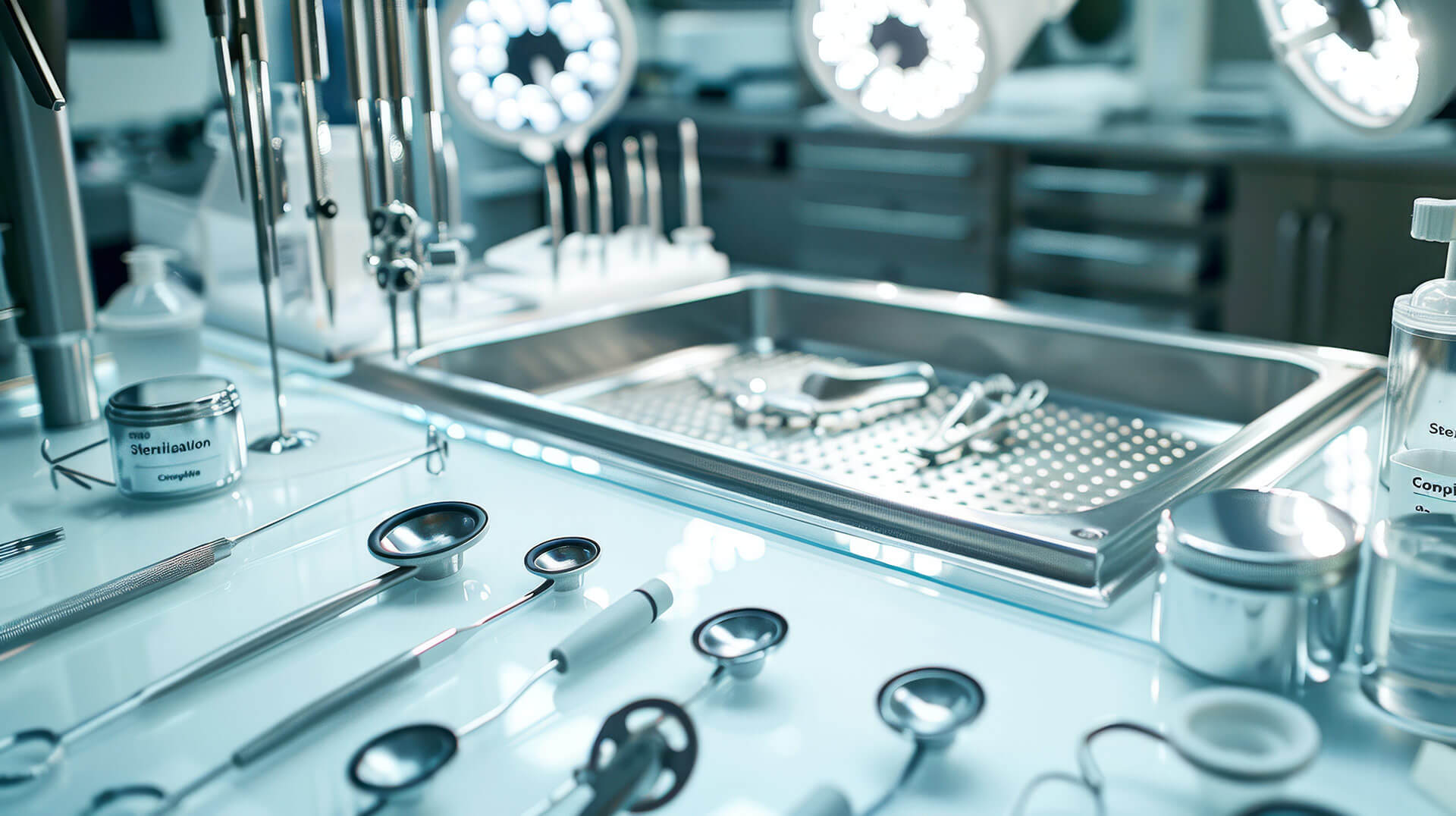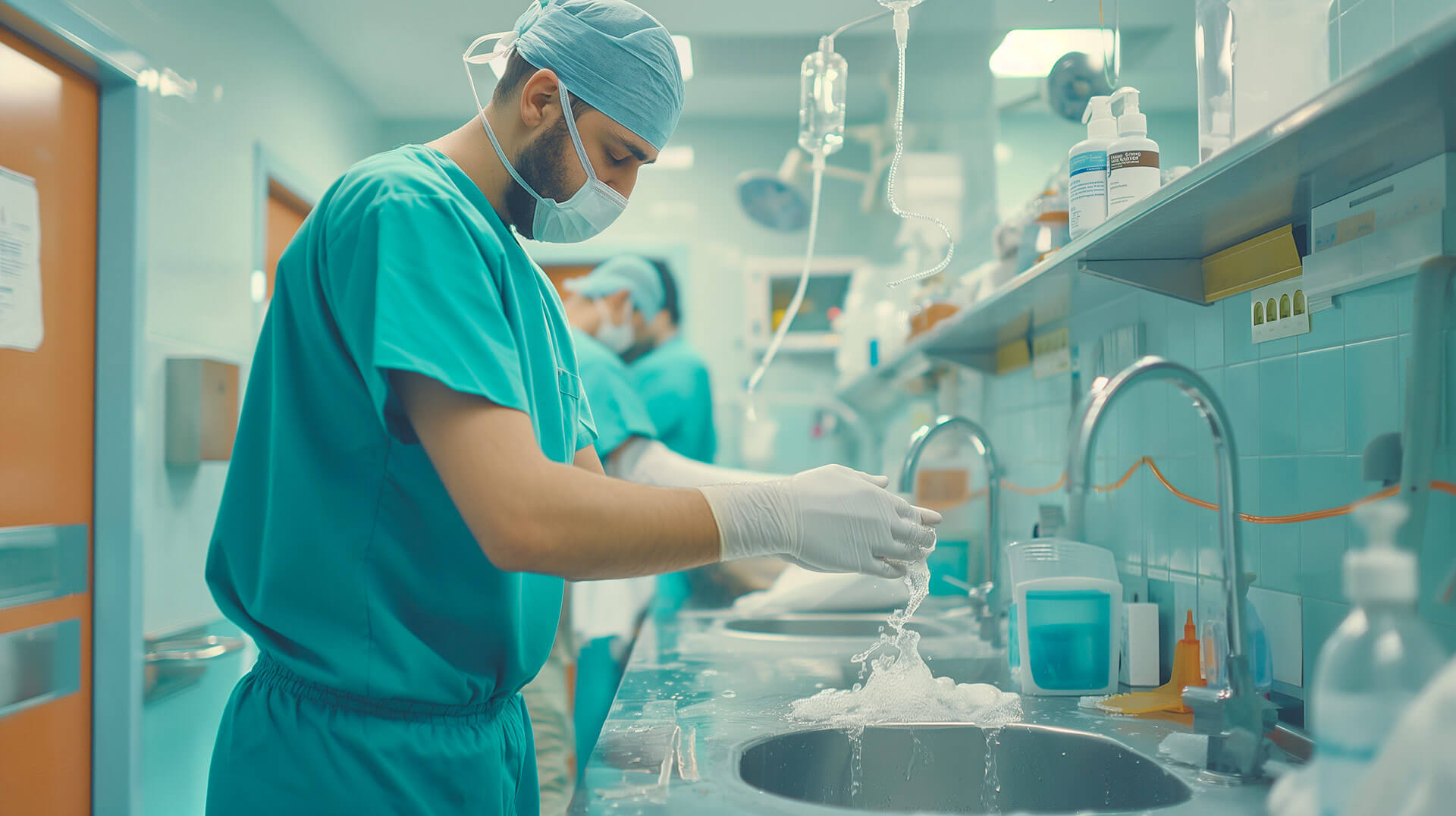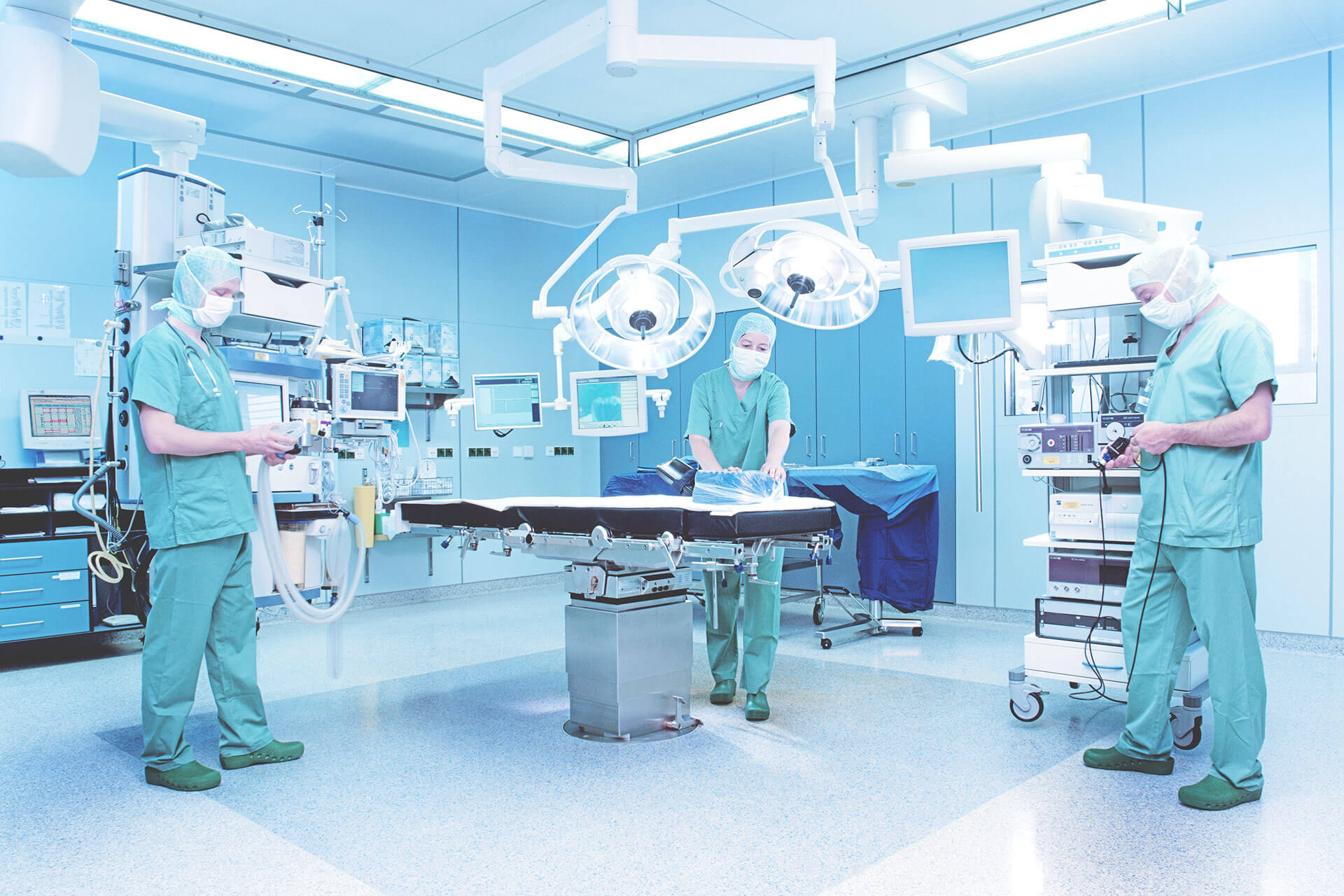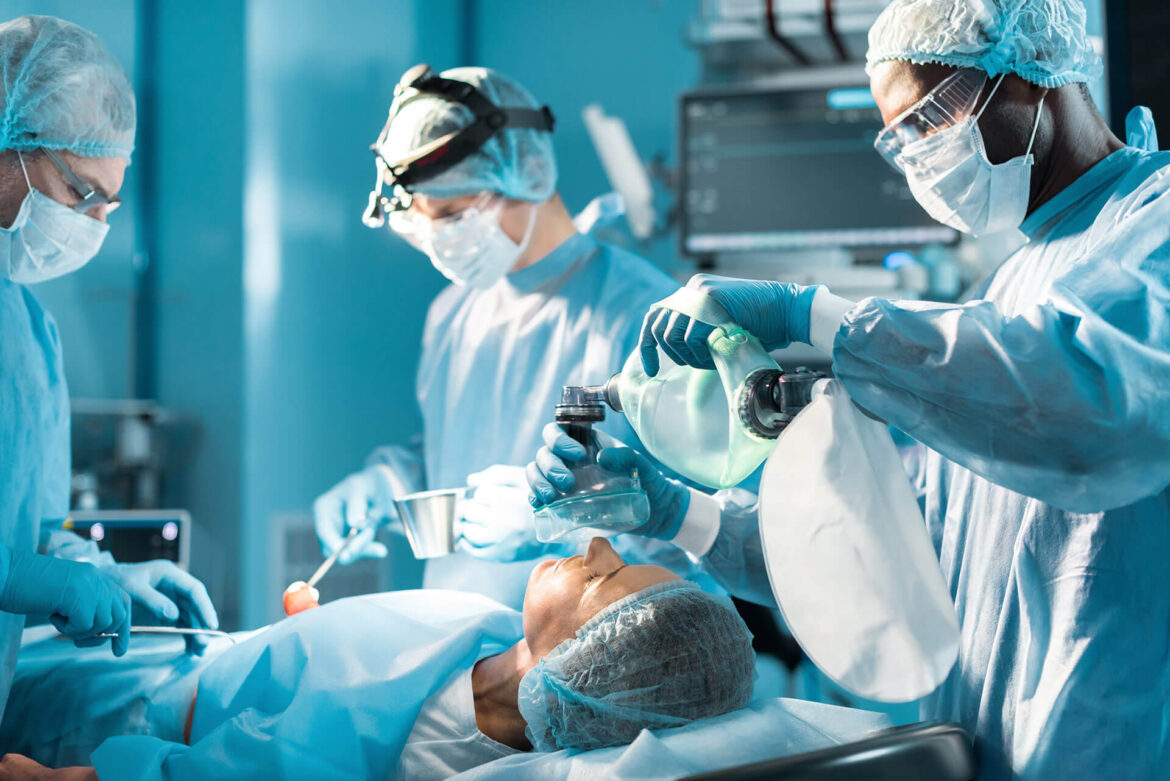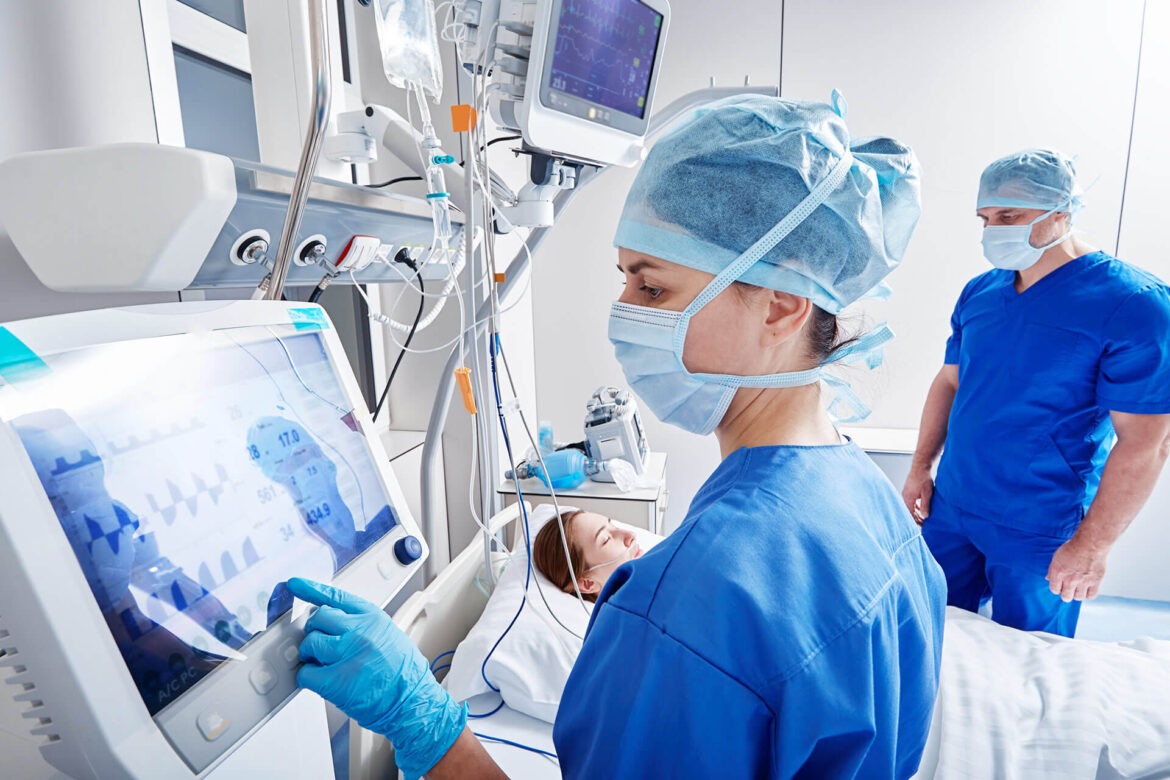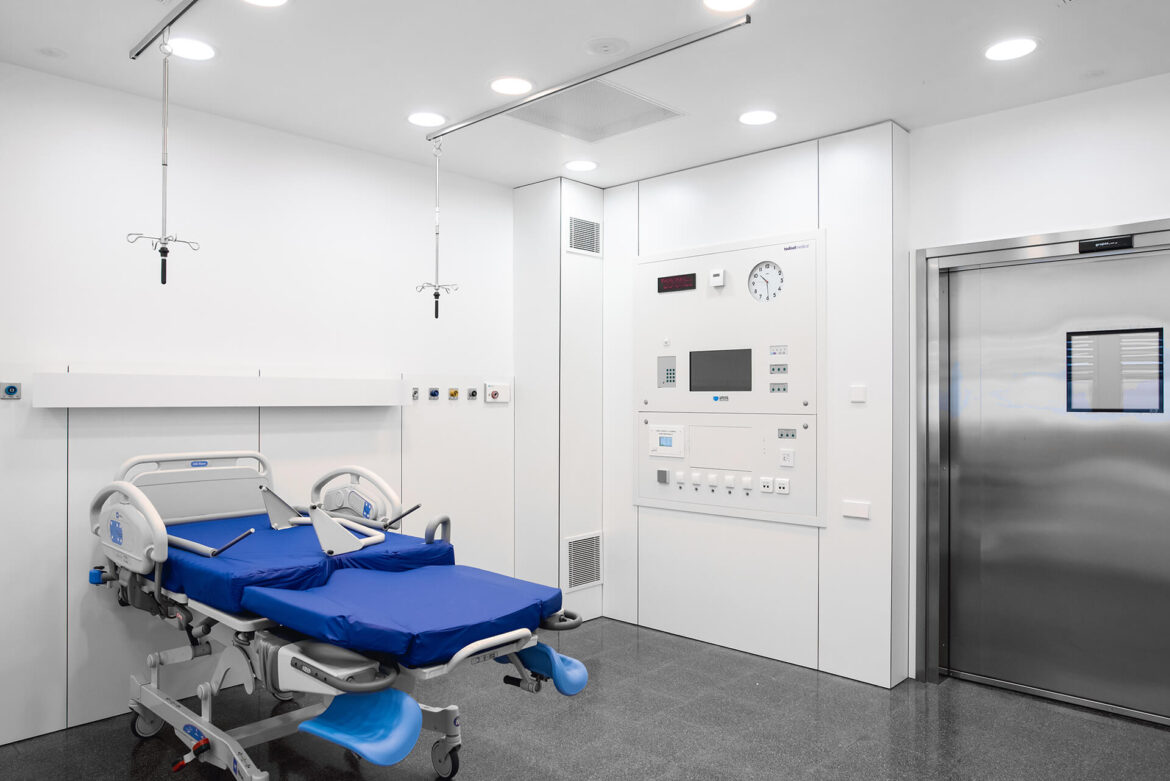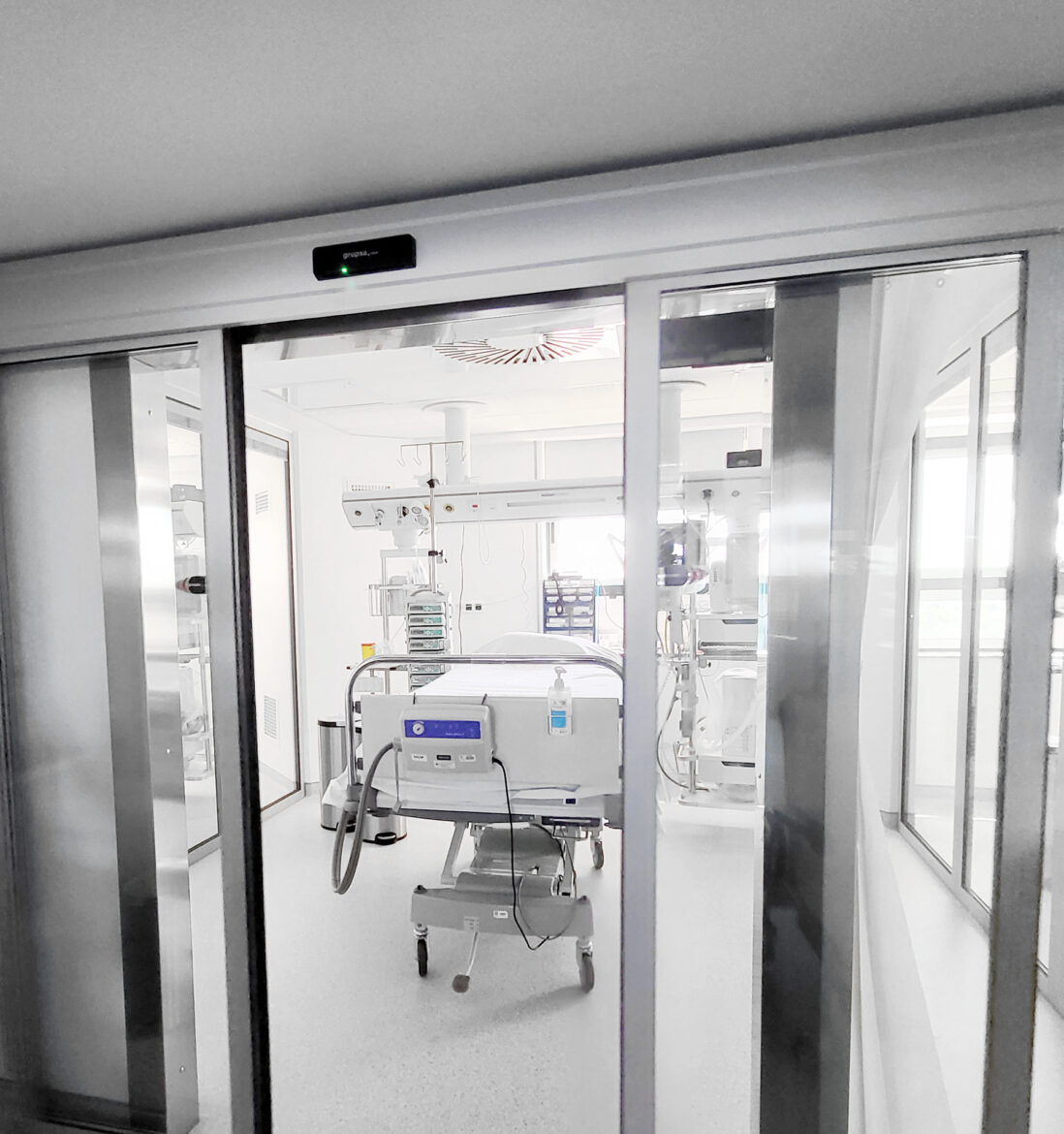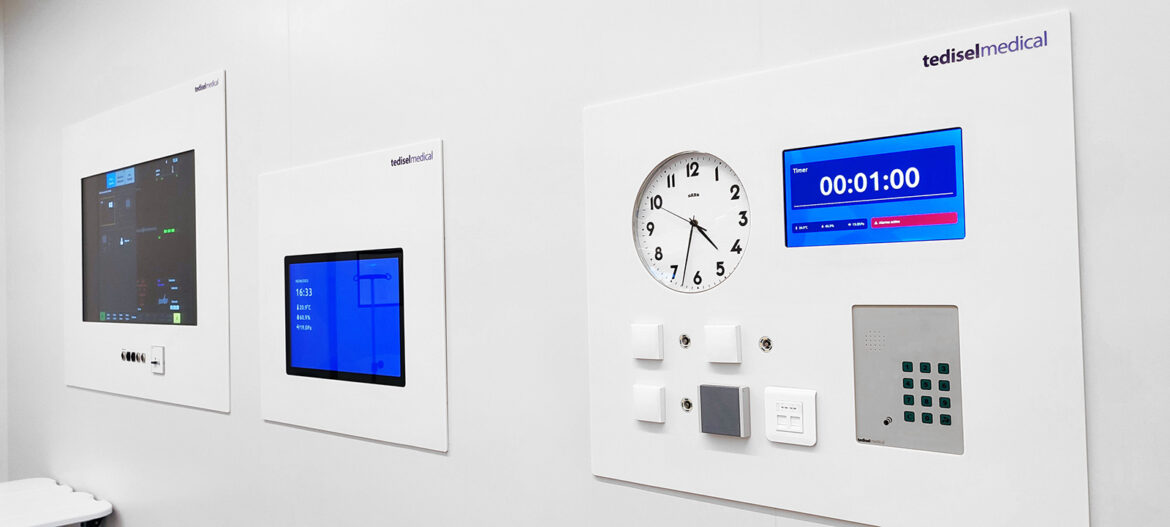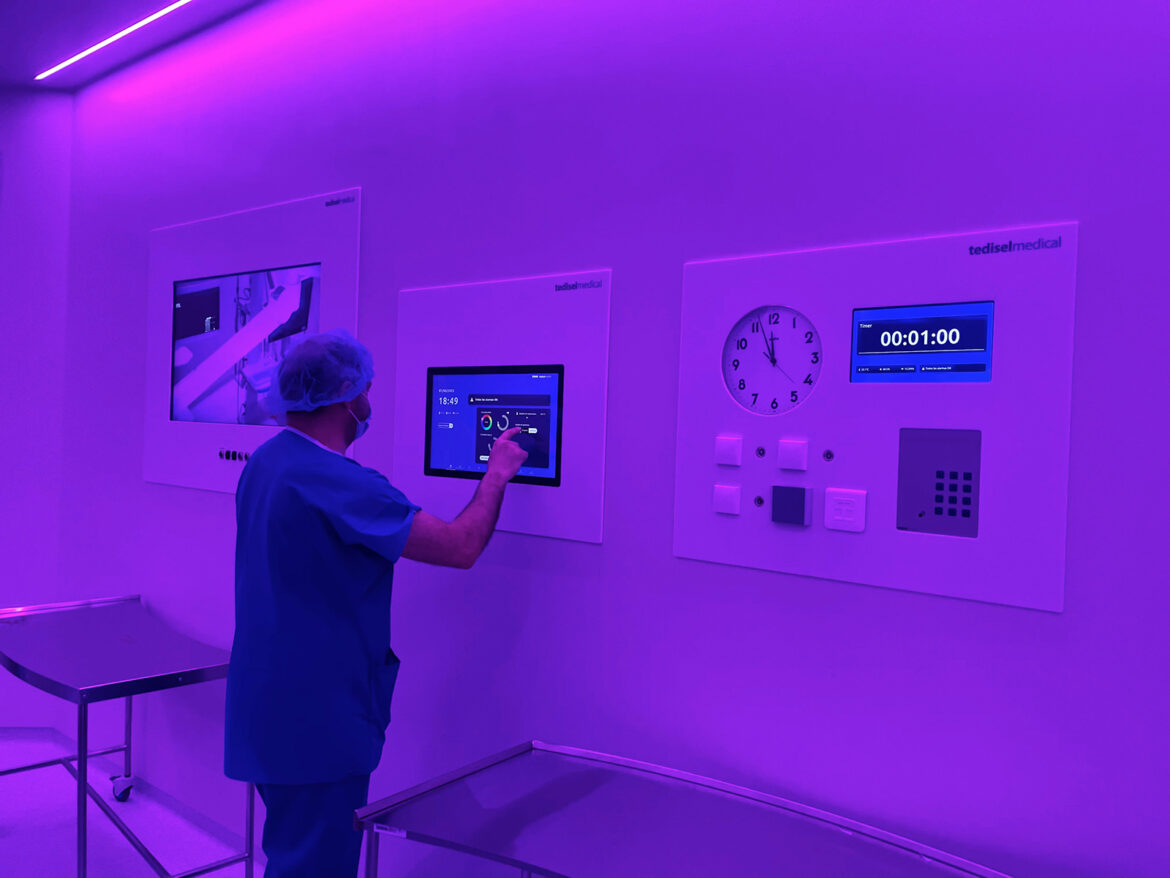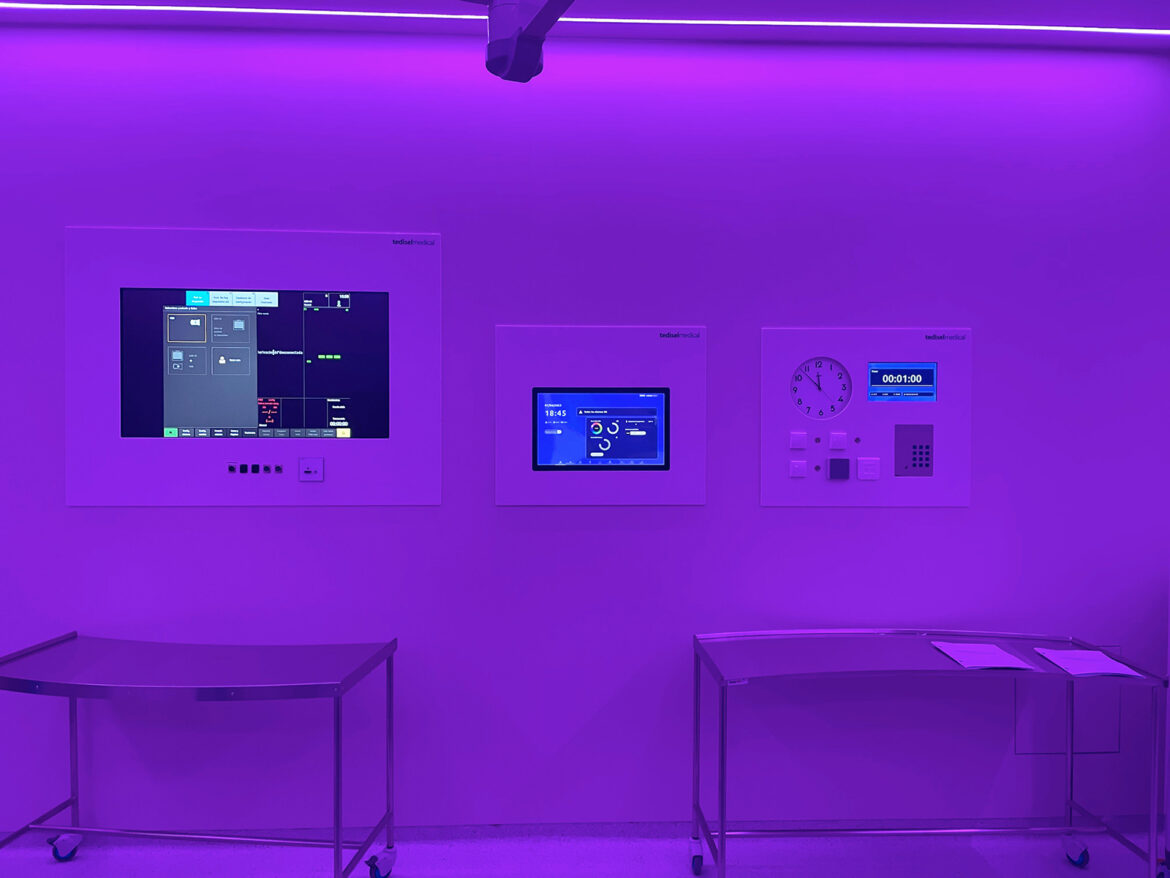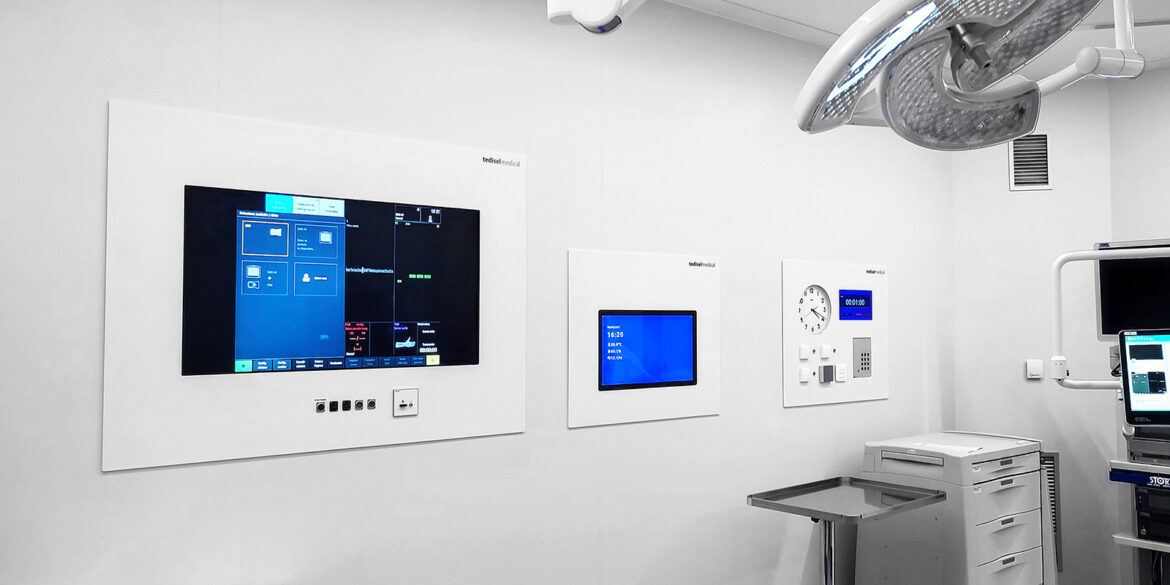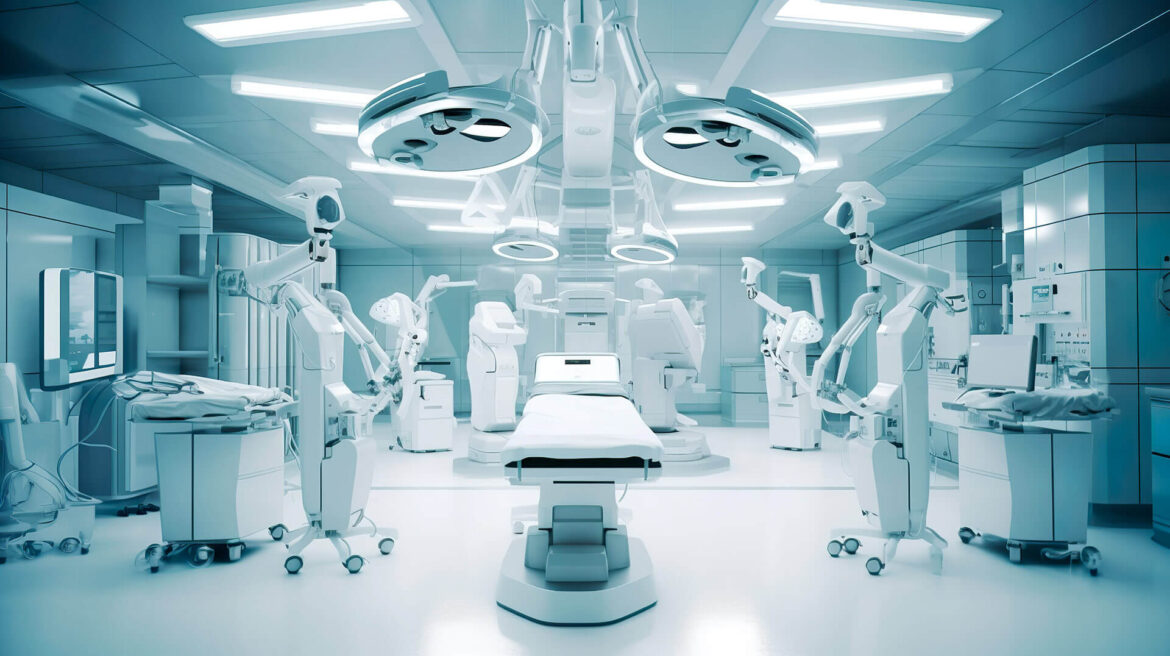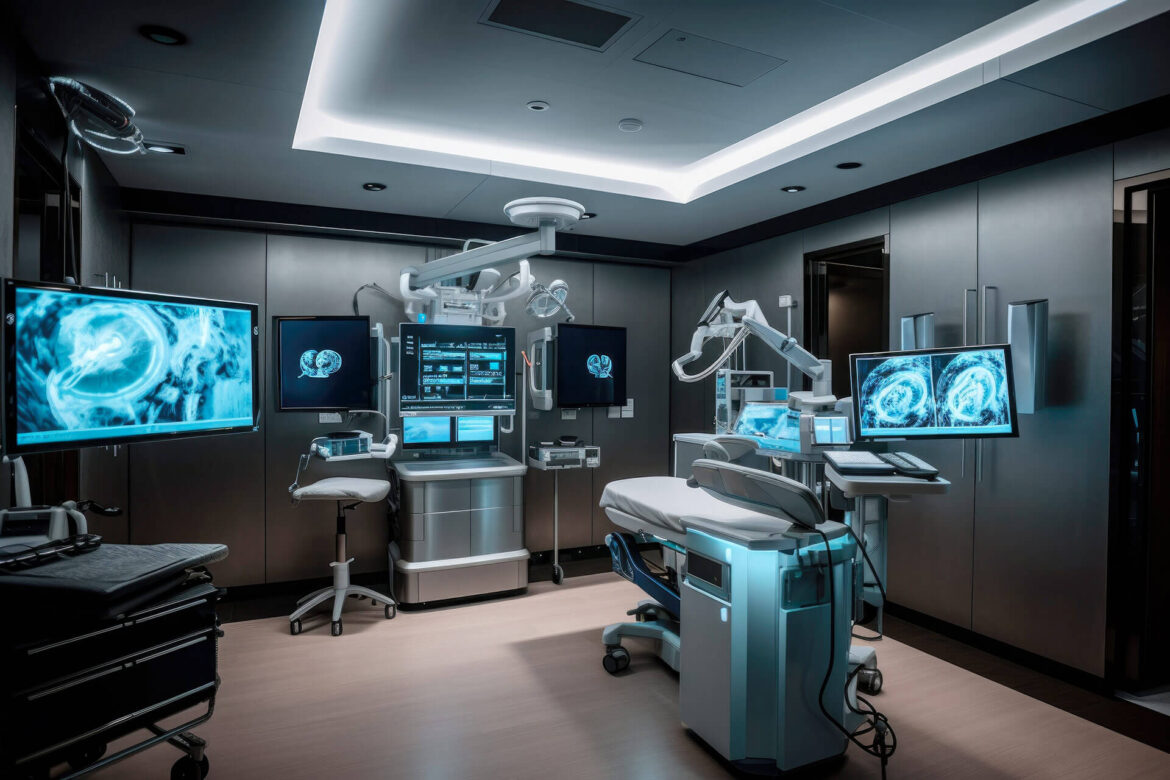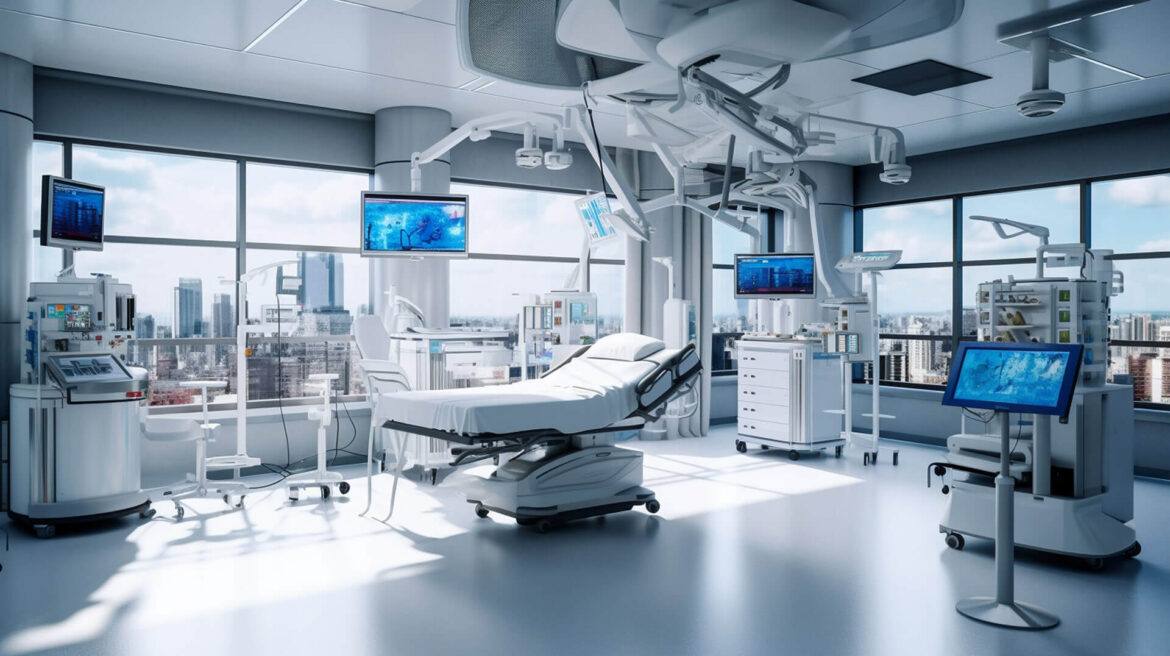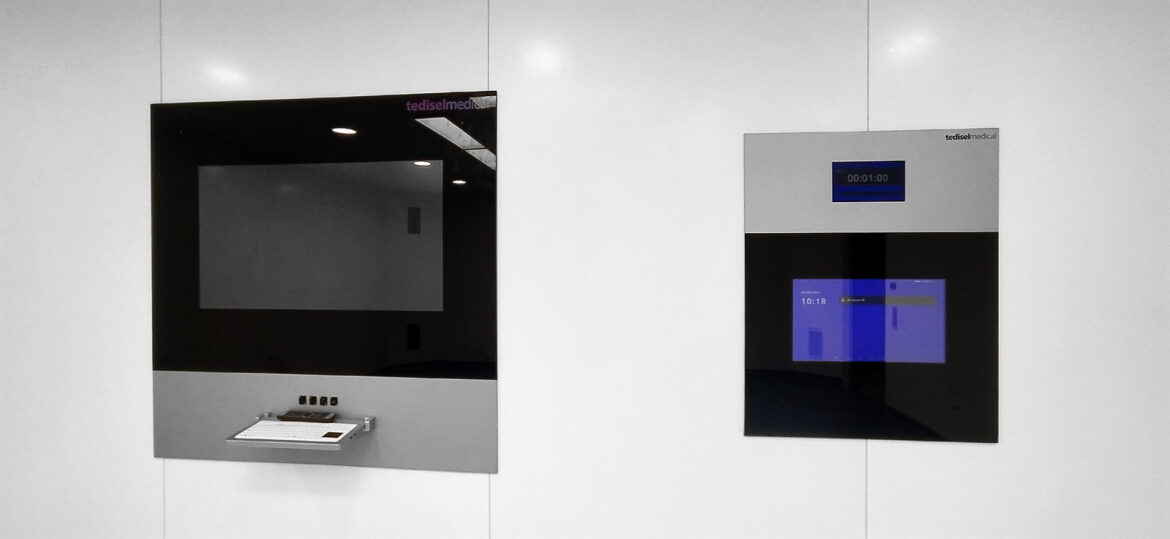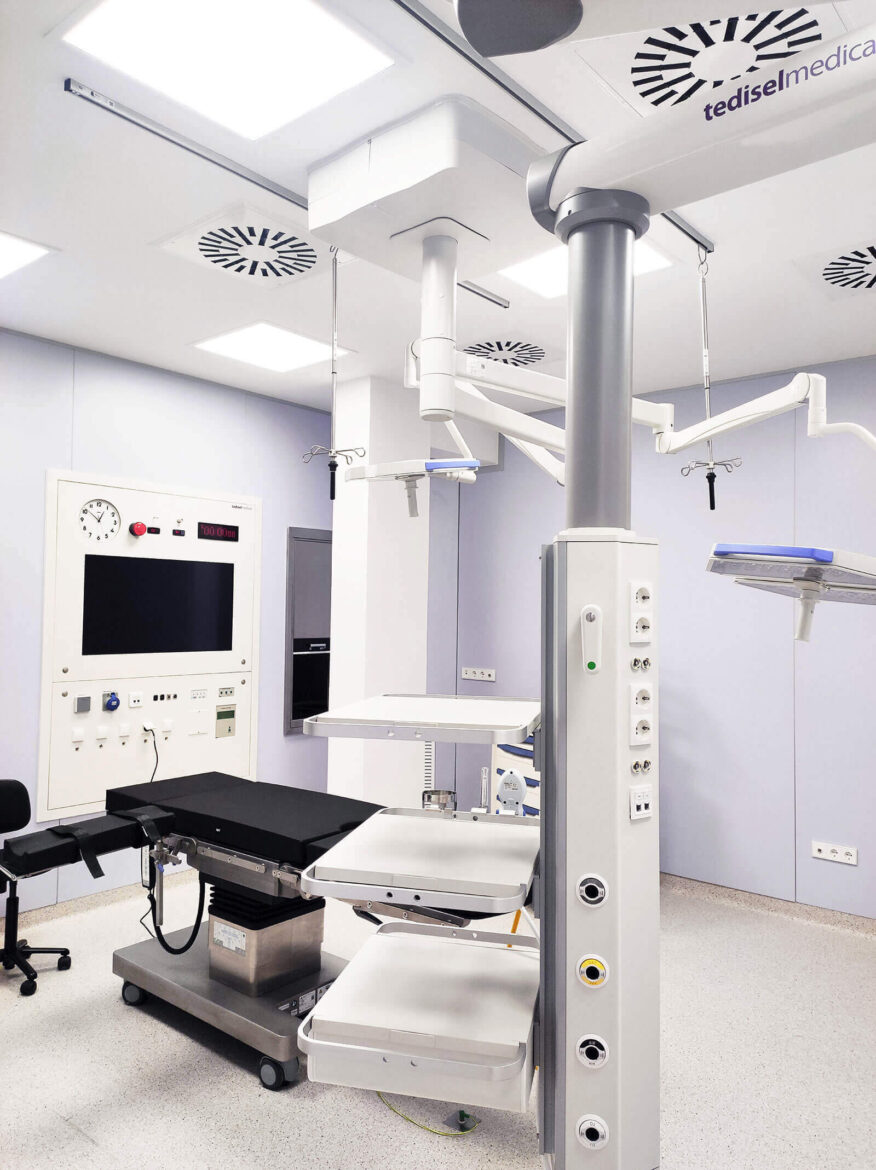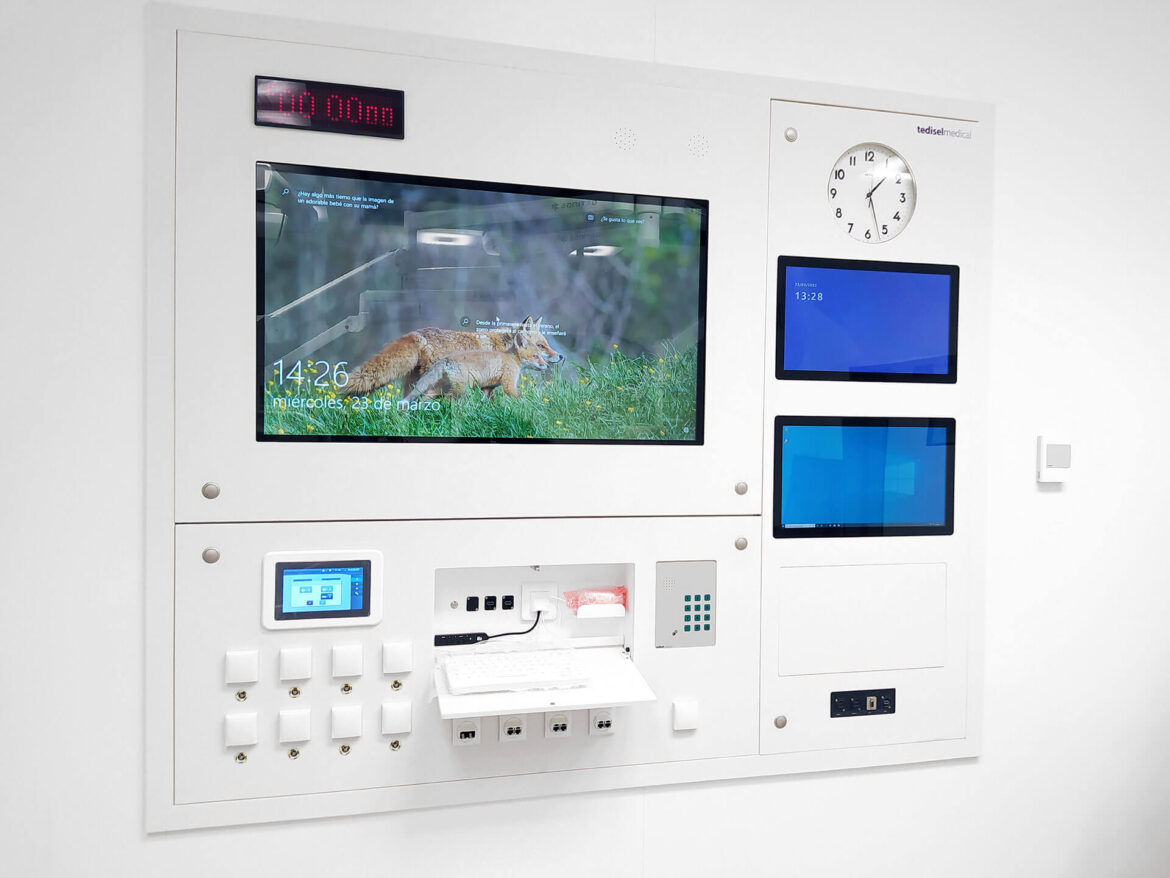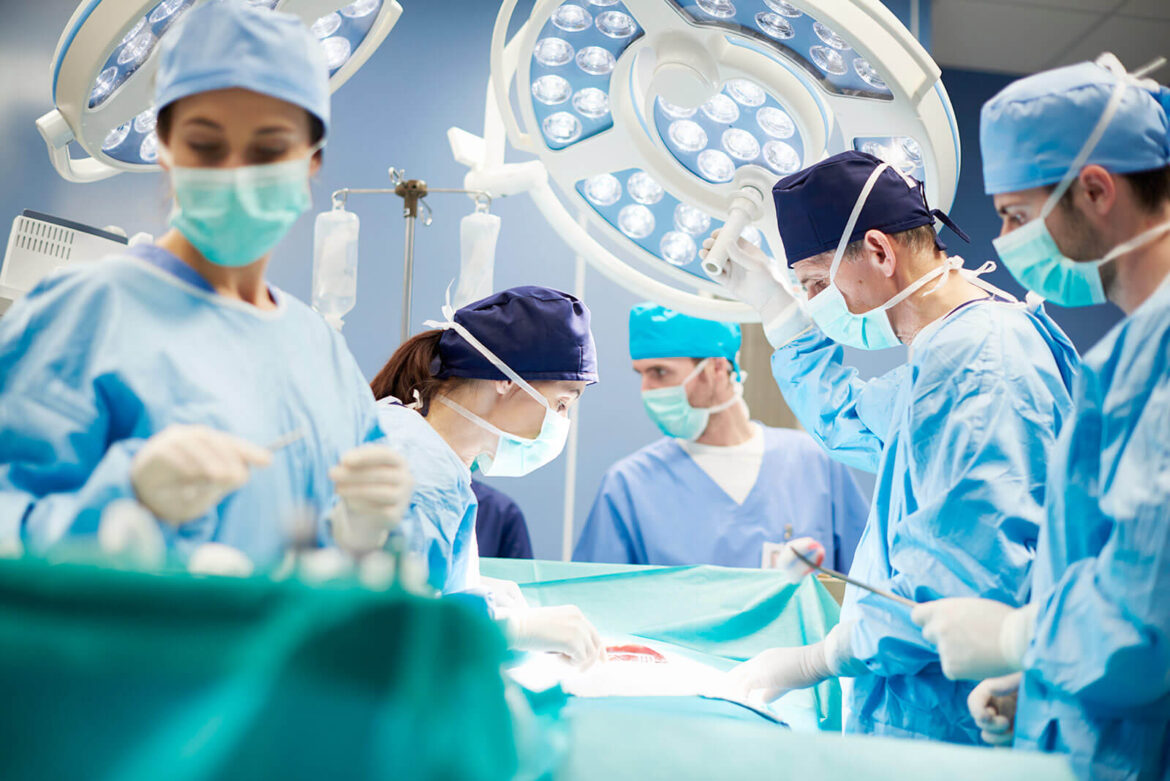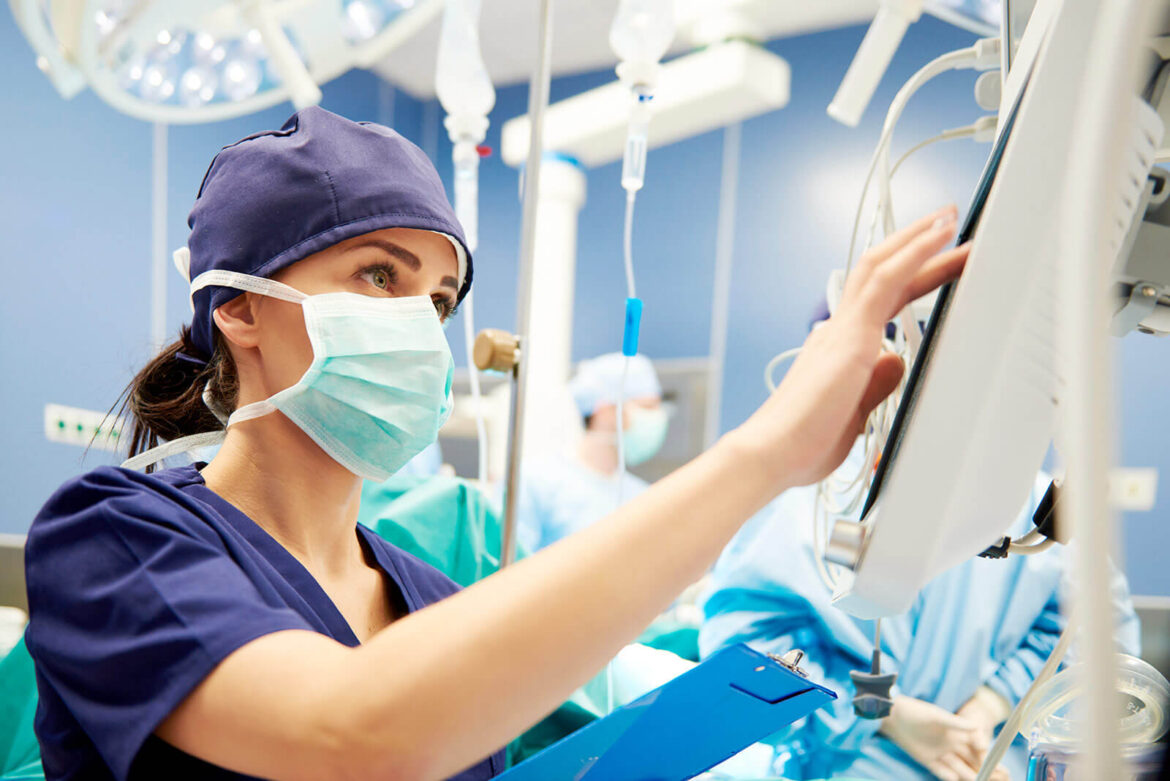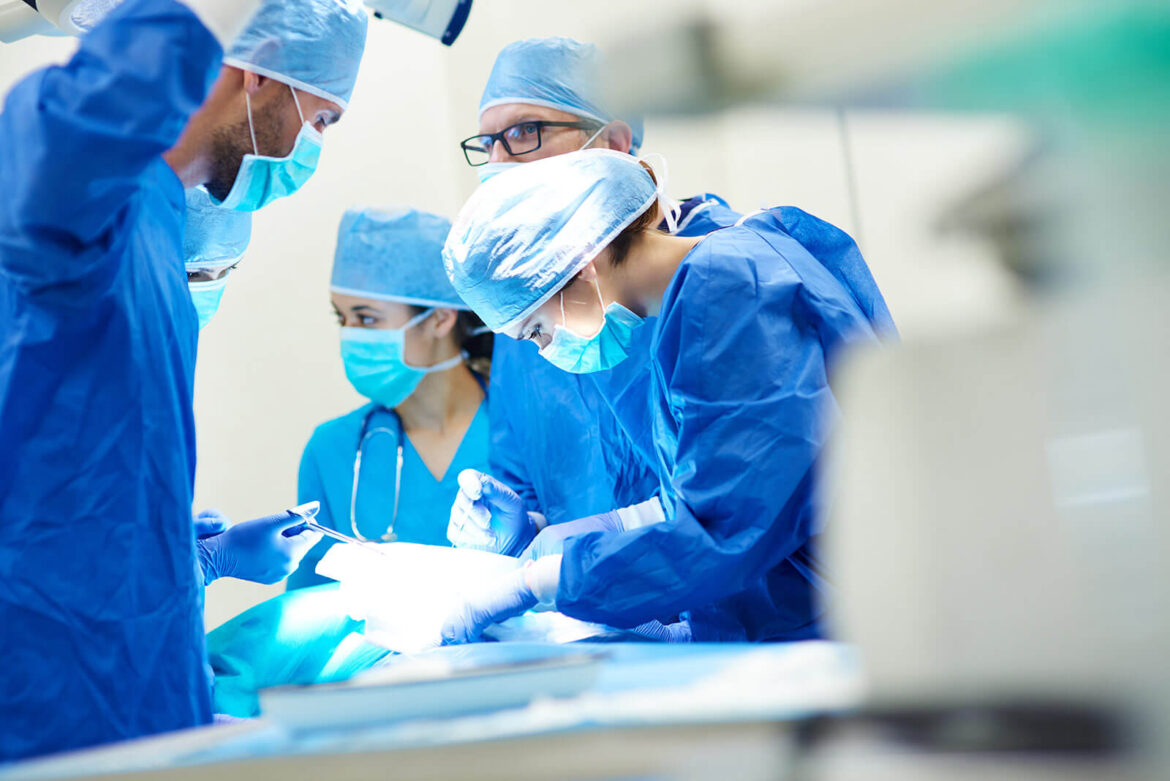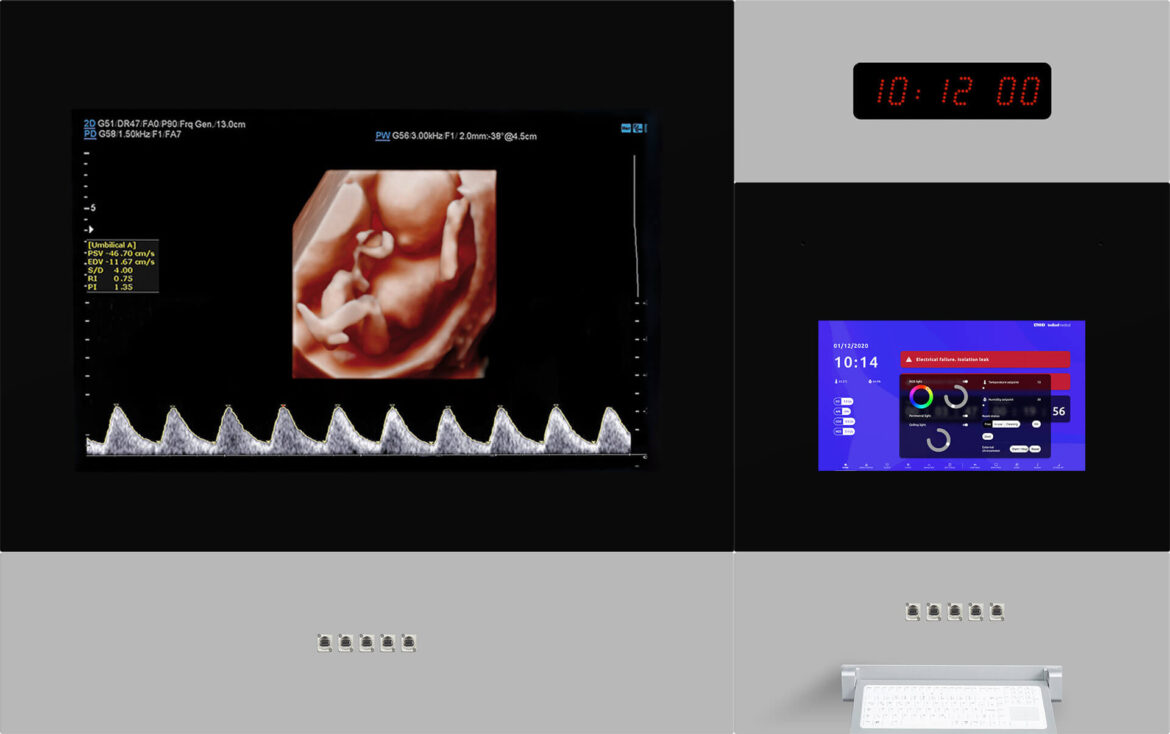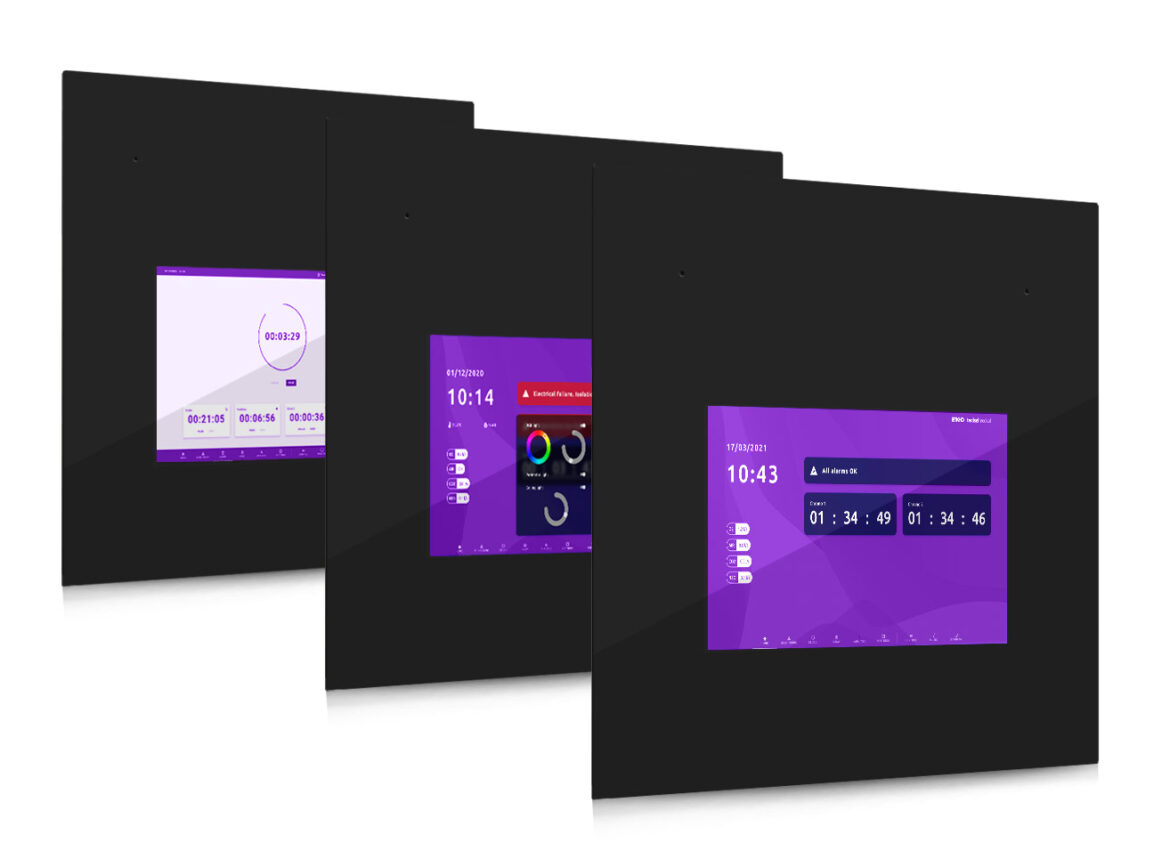The importance of hybrid operating room design: key to high-precision medical care
In the last decade, hybrid operating rooms have established themselves as a key element in the evolution of the modern healthcare system. Thanks to the integration of advanced medical imaging technology with highly complex surgical environments, these spaces allow minimally invasive interventions and complex surgical procedures to be performed simultaneously, without the need to move the patient.
The efficient and functional design of a hybrid operating room not only improves patient safety and the efficiency of the medical team, but also optimizes workflows, reduces operating times and enhances the quality of care.
In this context, hybrid operating rooms represent the clearest symbol of technological and structural transformation in hospitals and highly specialized surgical centers.
Understanding the importance of good design in these spaces is essential to ensure their operational success and their adaptation to the current demands of precision medicine.

What are hybrid operating rooms or smart operating rooms?
Hybrid operating rooms, also known as smart operating rooms, are advanced surgical spaces that integrate state-of-the-art medical technology with high-precision diagnostic imaging equipment. Unlike traditional operating rooms, these rooms make it possible to combine surgical procedures with real-time imaging tests, such as MRI or intraoperative CT scans, without the need to transfer the patient to other areas of the hospital.
This fusion of surgery and diagnostics in a single environment allows for more precise, agile and safe interventions, significantly reducing margins of error and improving clinical decision making during the operation.
What are the benefits of hybrid ORs over conventional ORs?
The advantages of these intelligent surgical environments are manifold and decisive for modern medical care:
- Immediate and accurate diagnosis: Thanks to high-resolution and 3D images, practitioners can obtain accurate information during the procedure.
- Less invasive procedures: With advanced image-guided tools, unnecessary cuts and manipulations are minimized.
- Increased patient safety: Surgical risk is reduced by avoiding transfers and having a clear view of the patient’s condition in real time.
- Faster recovery: Precision in the procedure reduces complications and speeds up postoperative recovery times.

Essential and technological requirements
Hybrid operating rooms, due to their level of complexity and advanced equipment, require much more demanding spatial planning than conventional operating rooms. While the latter usually occupy between 40 and 60 square meters, hybrid operating rooms require areas of between 70 and 90 square meters, thus allowing the installation of high-precision imaging equipment and ensuring the smooth mobility of the surgical team.
There are two main configurations: one option in which the operating room directly integrates the diagnostic imaging equipment, and another in which there is an adjoining room dedicated exclusively to these devices, such as the fixed X-ray arch or magnetic resonance imaging (MRI). The latter modality allows the imaging systems to be operated independently, keeping the sterile environment intact and improving the circulation of auxiliary personnel.
In addition, it is imperative that these rooms comply with radiation protection requirements, including the use of special coatings such as lead in walls and doors. They must also be enabled to perform minimally invasive procedures, which implies a functional distribution of space and quick access to the necessary equipment.
The design must contemplate separate but connected spaces for the control room and the technical room, both with direct visibility to the operating room, for efficient supervision. On the other hand, the incorporation of real-time audiovisual communication systems is key, as they allow videoconferencing during surgery, which is of great value both for medical training and for collaboration between specialists from different centers.
Surgical professionals also require advanced visualization technologies. For this reason, it is essential to have high-definition monitors, recording systems, mobile surgical lights and devices such as image intensifiers, which allow every detail of the procedure to be visualized with maximum clarity.
Lighting, flexibility and environmental control in hybrid operating rooms
Adequate surgical lighting, complemented by controlled natural light, improves procedural accuracy and comfort during prolonged surgeries.
The design should ensure efficient staff circulation, separate flows according to functions and maintain equivalent aseptic conditions in all areas, including diagnostic rooms.
The use of modular structures facilitates space adaptation, optimizes installation and maintenance times, and improves the quality and safety of the surgical environment.
It is also essential to comply with ISO 14644 standards, which regulate air quality in operating rooms, guaranteeing a sterile and safe environment to prevent infections.

Advantages for the user: technology at the service of the patient and the medical team
The incorporation of advanced solutions such as those provided by Tedisel Medical, technical panels, ceiling supply units, software, among other systems, together with high-precision medical imaging technologies such as intraoperative 3D, computed tomography and real-time MRI, offers substantial benefits for both the medical team and patients. This technological integration improves clinical efficiency, optimizes workflows and contributes to safer, more accurate and personalized care.
These technologies allow simultaneous collaboration between different medical specialties, favoring a more efficient multidisciplinary approach. In addition, by avoiding the transfer of the patient between the operating room and other diagnostic areas, the risks of cross-contamination are reduced, the possibility of infection is minimized and the recovery process is accelerated.
The immediate diagnostic accuracy provided by these systems improves decision-making during surgery, increases surgical success rates and contributes to better long-term clinical outcomes, with more personalized and safer care.

Modular architecture: adaptability for the operating room of the future
Hybrid operating rooms are constantly evolving, adapting to new surgical requirements and technological advances. Therefore, it is essential to have flexible and modular spaces, capable of adjusting to changes in flooring, technical ceilings, air conditioning systems and integrated communication networks. The design of these environments is as complex as the interventions performed in them, which requires high-level architectural and technical solutions.
At Tedisel Medical, we are committed to a model of intelligent hospital architecture, developing state-of-the-art surgical equipment that meets the strictest international standards. Our modular approach not only allows rapid adaptation to new needs, but also improves space efficiency, enhances patient safety and optimizes the performance of healthcare personnel.
With more than 30 years of experience in the sector and presence in more than 80 countries, Tedisel Medical continues to drive innovation in solutions for operating rooms and critical areas, actively contributing to the development of the hospital of the future.
